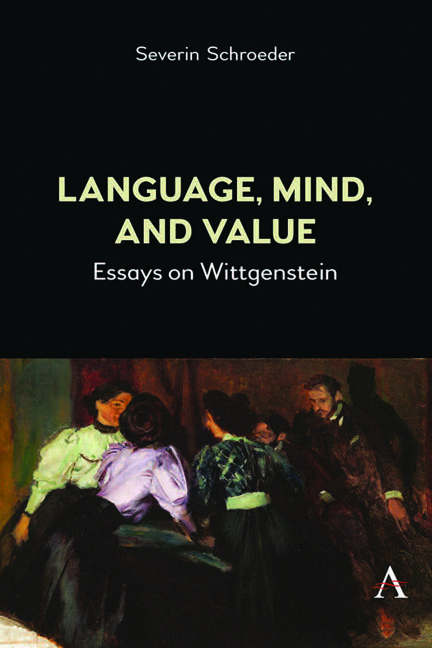7 - Reasons, Causes, Dispositions, and First-Person Authority
Published online by Cambridge University Press: 13 April 2024
Summary
Typically, an explanation of an event cites the causes that made it happen. According to what has been called the ‘standard view’ in the philosophy of action (cf. Sandis 2009, p. 2), intentional human actions are just a subclass of events, and the agent's reasons are the causes of their actions. In the 1930s this widespread causalism was disputed by Ludwig Wittgenstein, whose alternative view that reason-giving explanations should not be seen as a type of causal explanations held sway in the 1960s. It was defended by Elizabeth Anscombe (1957), Peter Winch (1958), and A.I. Melden (1961) but was then forcefully challenged by Donald Davidson in his influential paper ‘Actions, Reasons, and Causes’ (1963), which by the 1970s had re-established causalism about reasons as the standard view. The standard causalist view, however, has generally been acknowledged to be troubled by a major problem: the problem of deviant causal chains (cf. Moya 1990, pp. 114–28). Davidson himself had confessed not to be able to resolve this problem (1973, p. 79), yet many of his followers remained more optimistic.
A more recent causalist view, propounded, for example, by Carlos Moya (2014, pp. 200–4) and John Hyman (2015, Ch.5), is that the flaw both in Davidson's version of causalism and in the anti-causalism of Wittgenstein and his followers was their commitment to a Humean account of causation as a law-governed relation between events. On Hyman's view, once we accept (i) that one can be immediately aware of causation without having to observe regularities, and (ii) that desires are dispositions, and dispositions can be causal factors too, causalism is safe from Wittgensteinian objections. Moreover, Hyman tries to defuse the problem of deviant causal connections by arguing (i) that it is just a special case of the general difficulty of distinguishing between manifestations of dispositions and mere side effects, and (ii) that it doesn't undermine the causalist construal: for whether its effects are deviant or not, citing a disposition explains them causally in either case (Hyman 2015, p. 116). In this chapter, I shall, after a few preliminary clarifications, re-consider the deviant causal chain problem with those more flexible causalist ideas in mind.
- Type
- Chapter
- Information
- Language, Mind, and ValueEssays on Wittgenstein, pp. 87 - 108Publisher: Anthem PressPrint publication year: 2024

